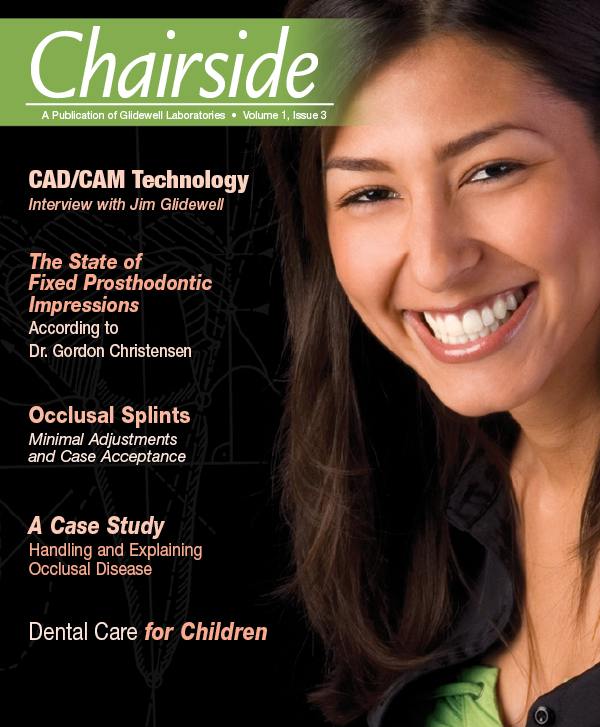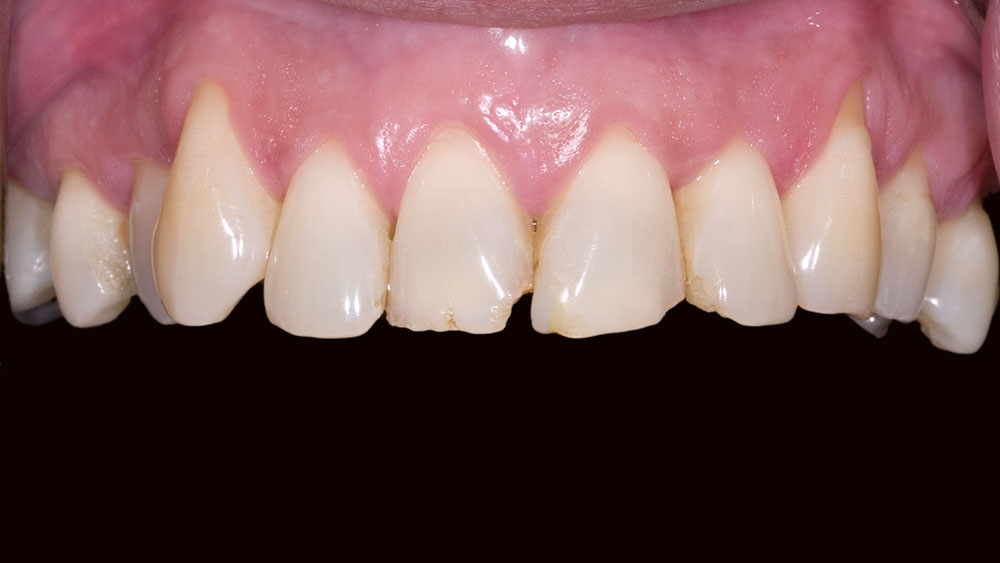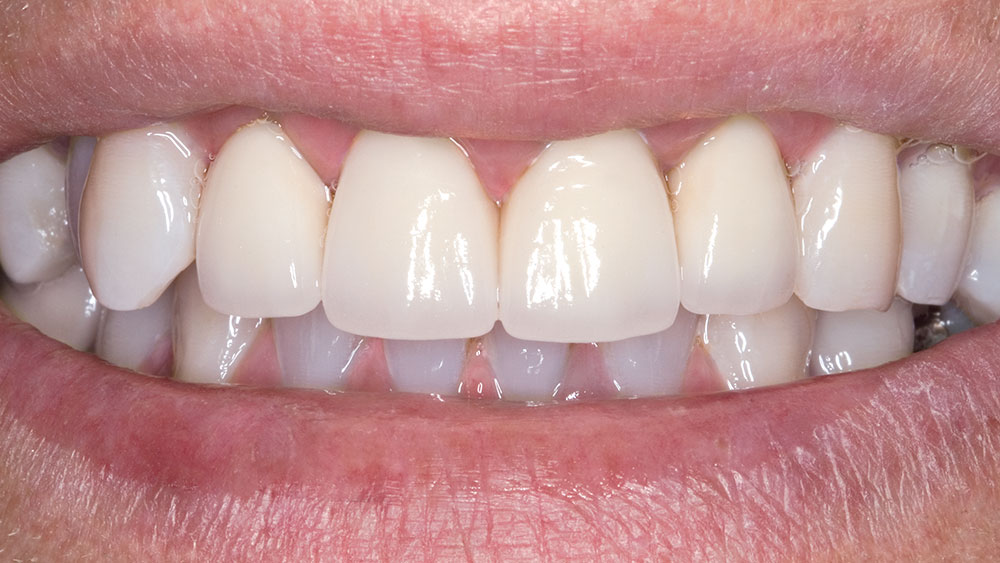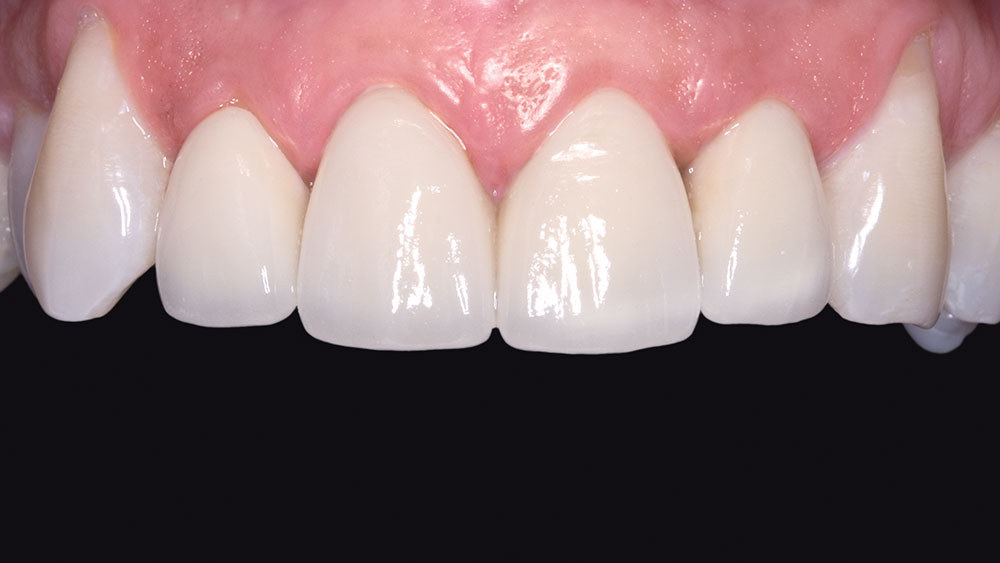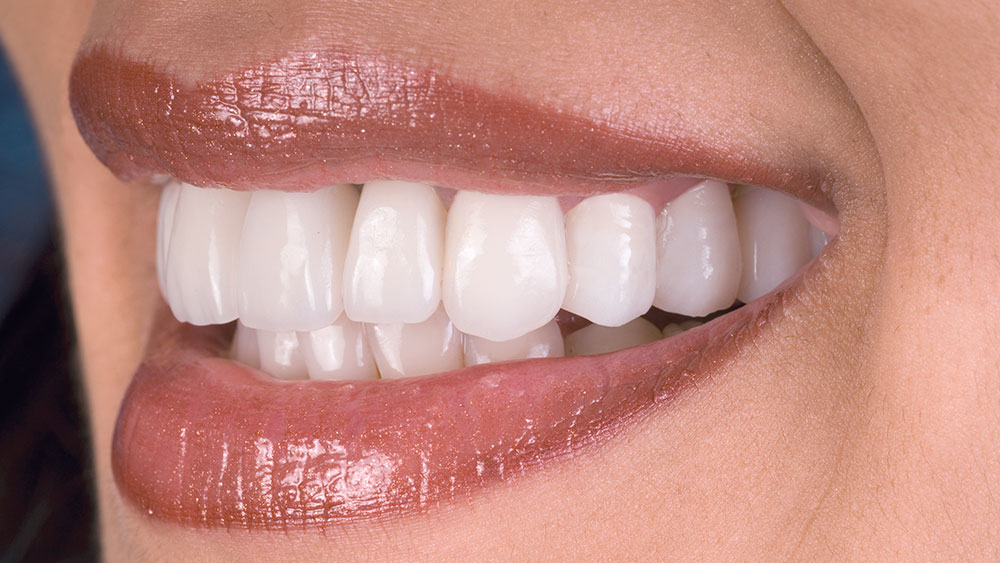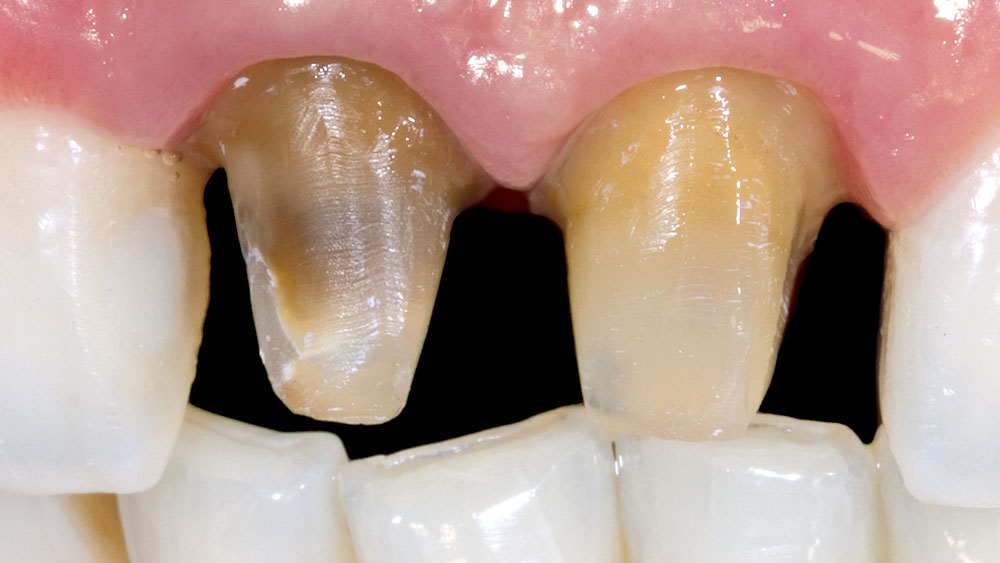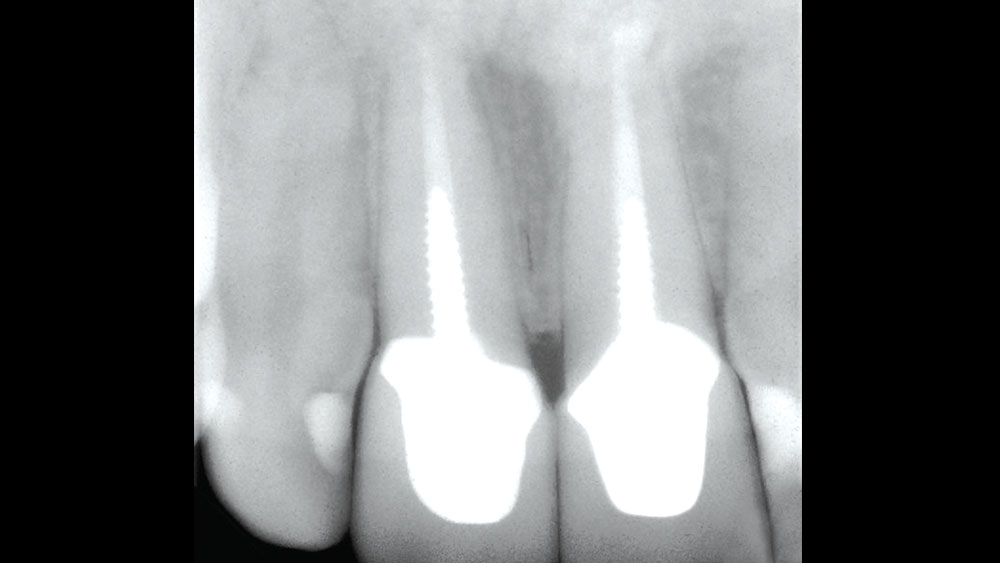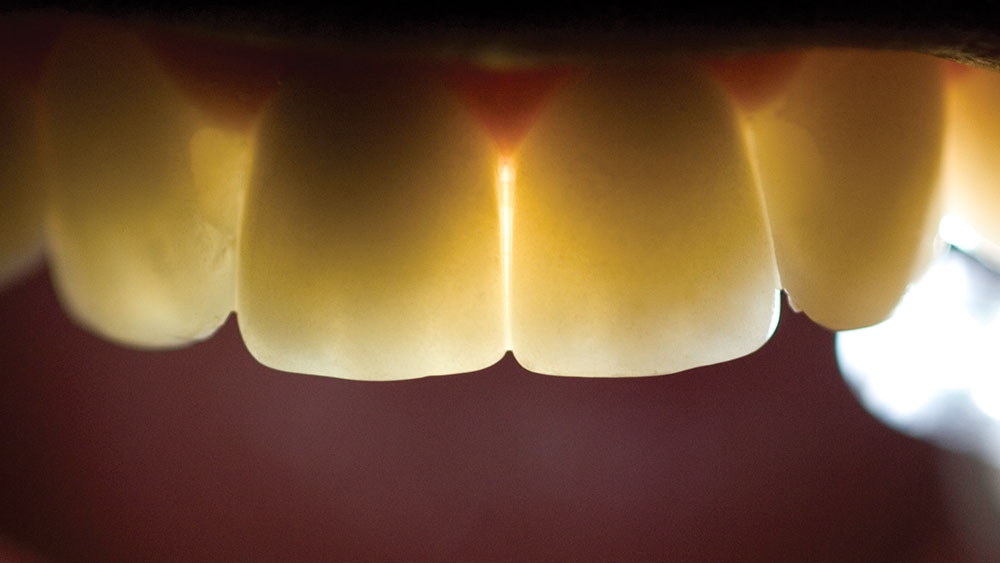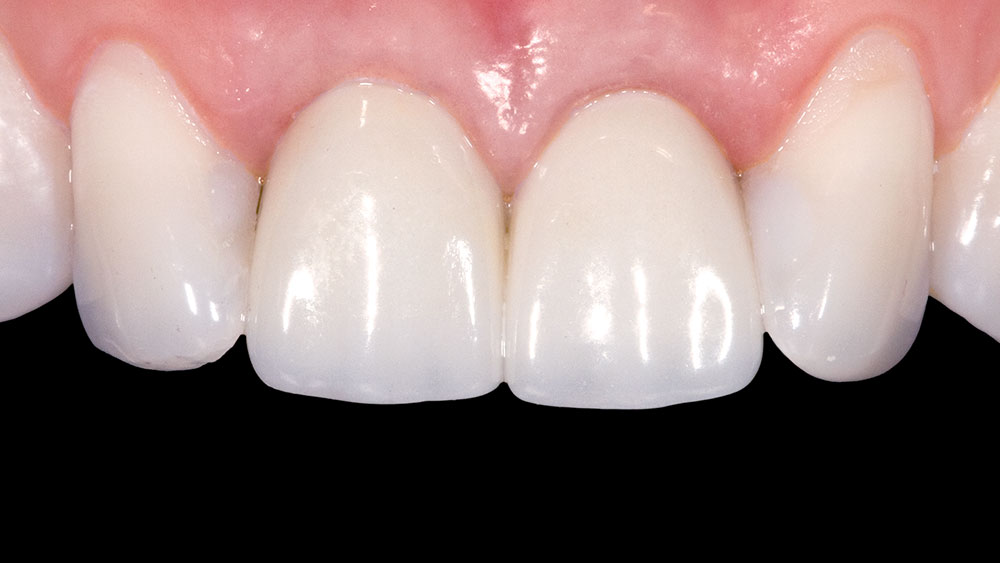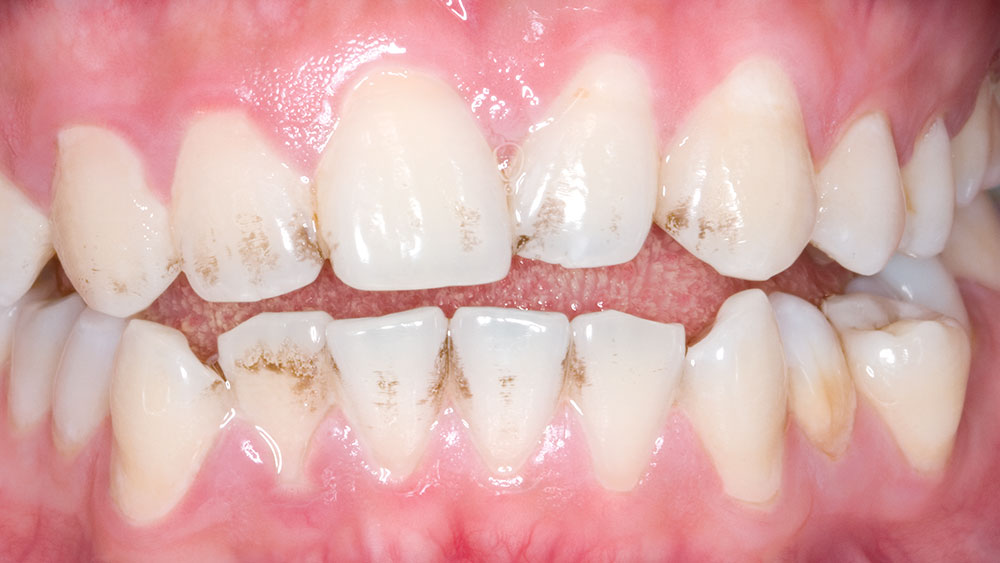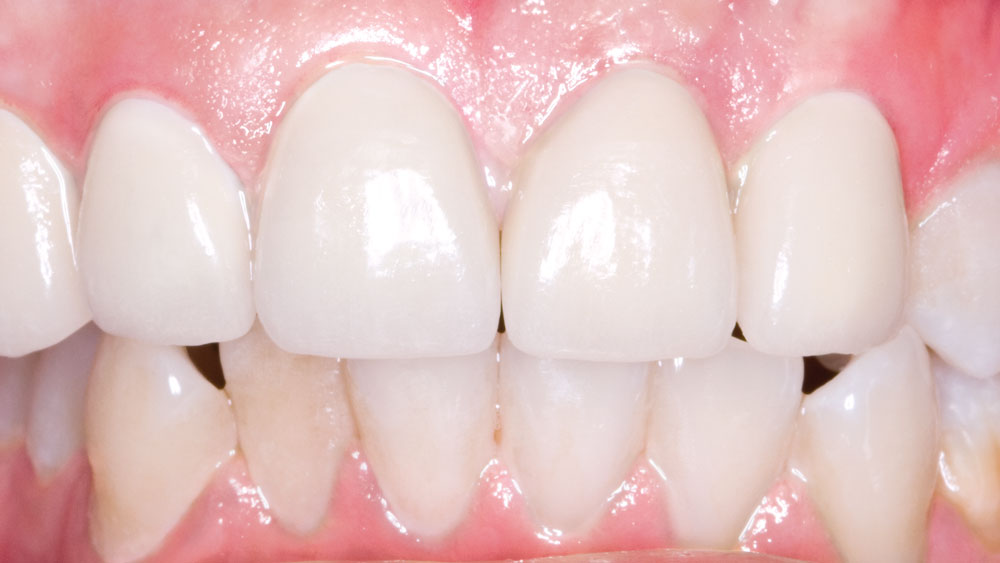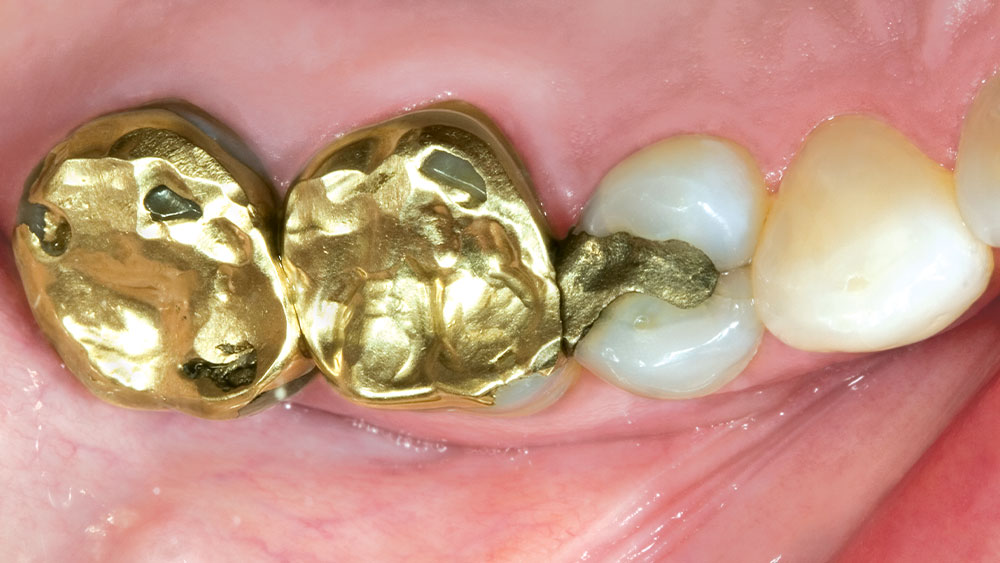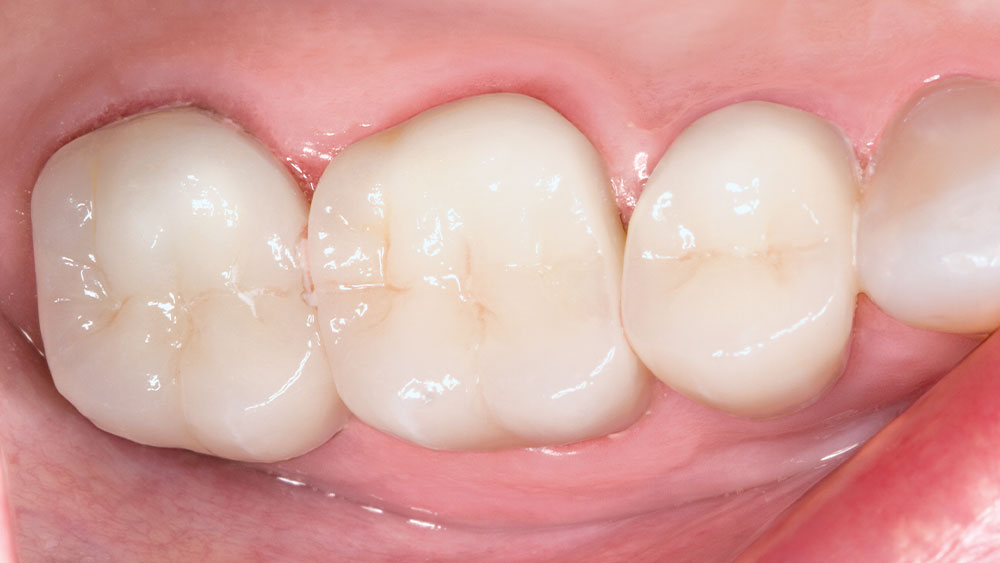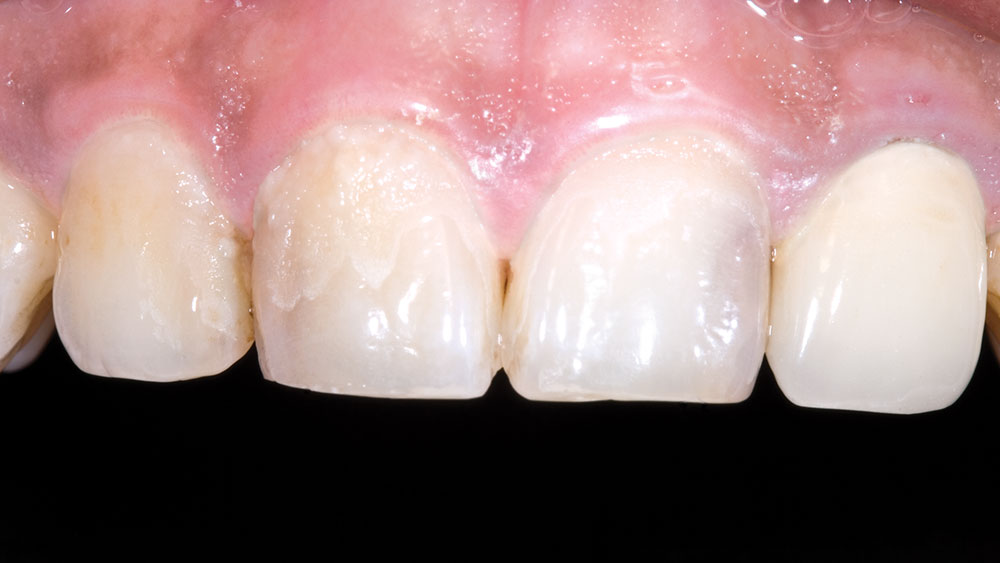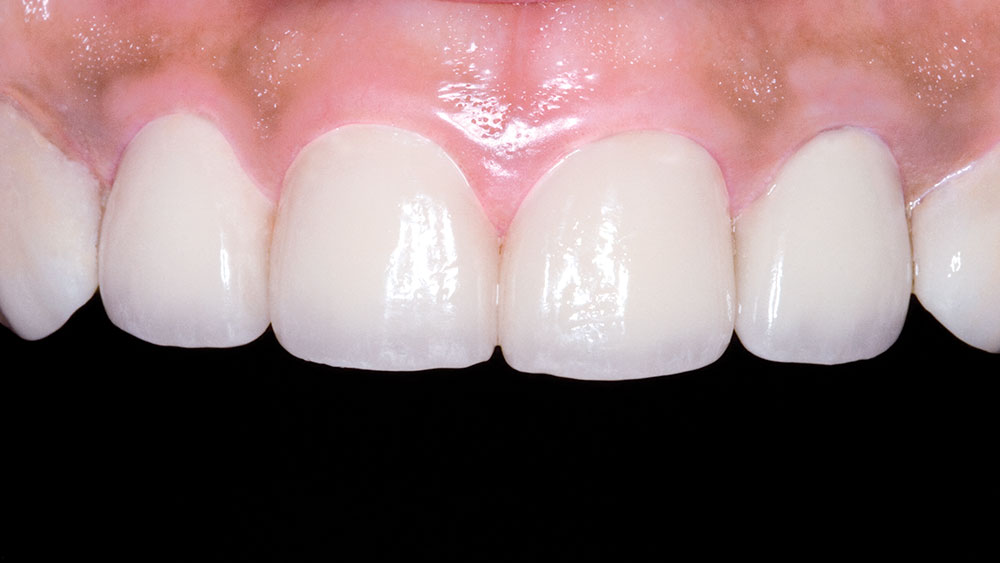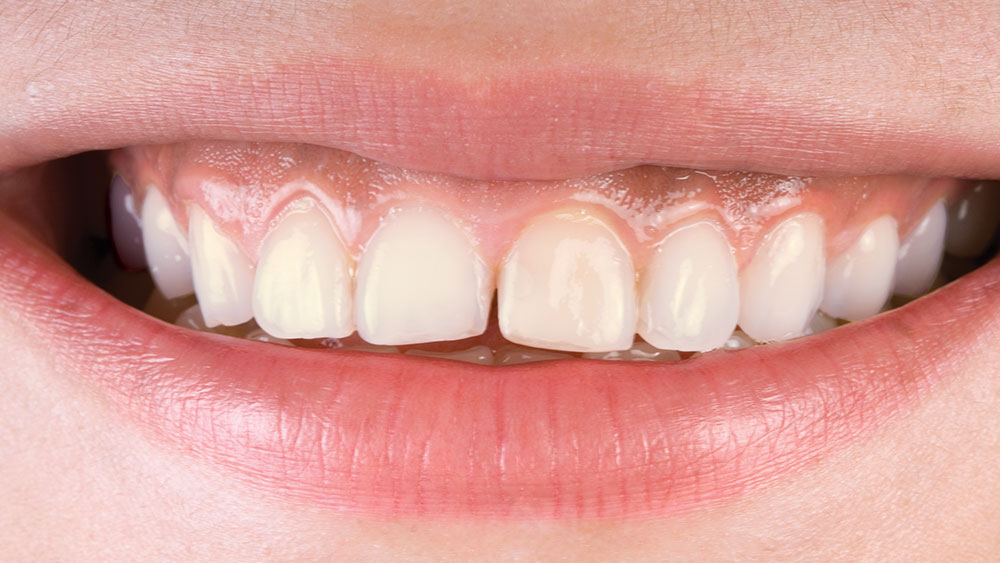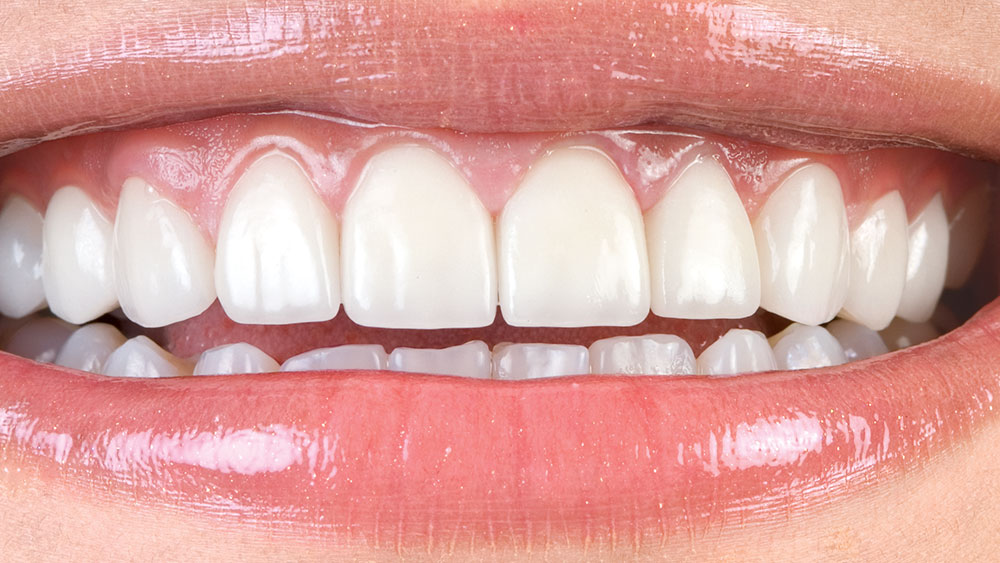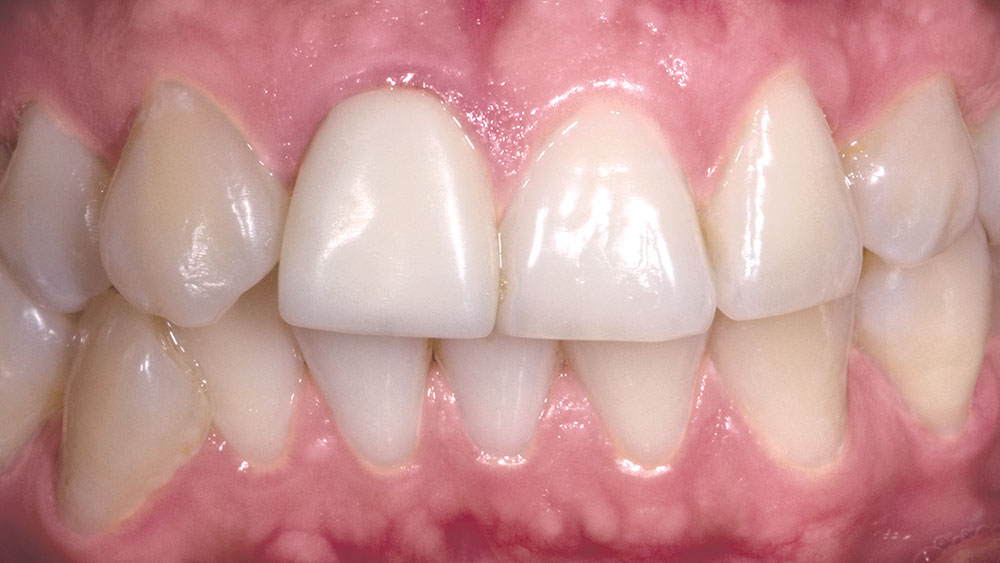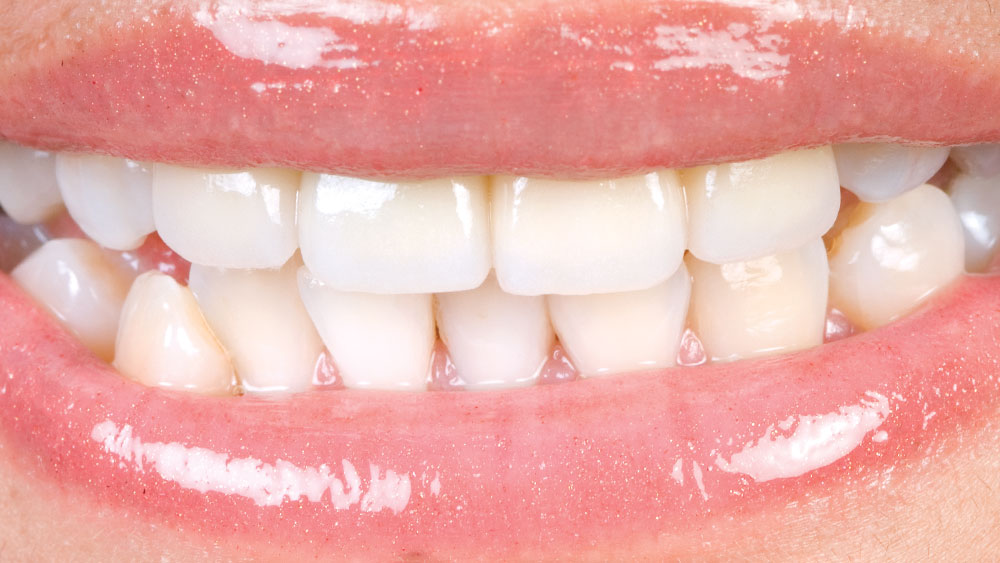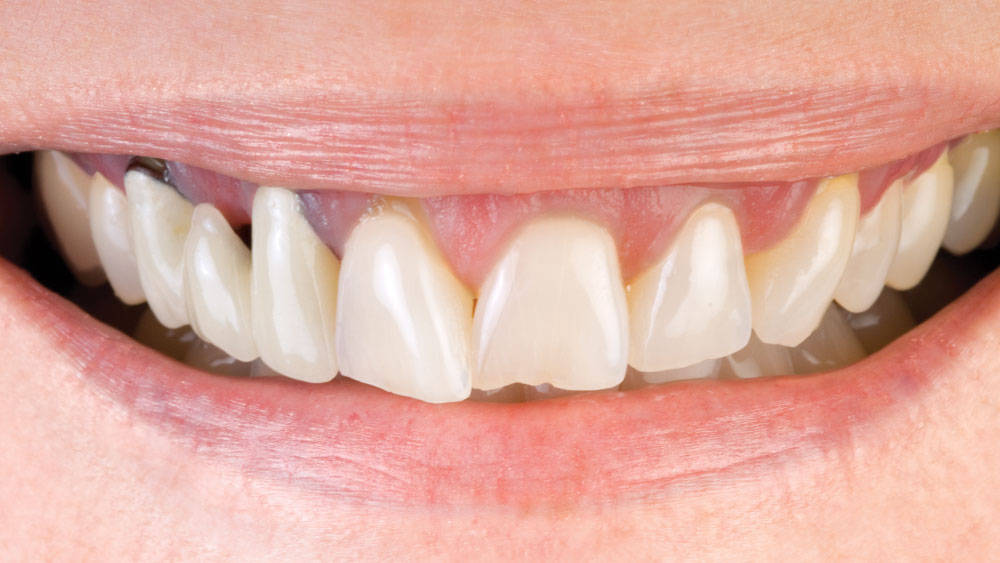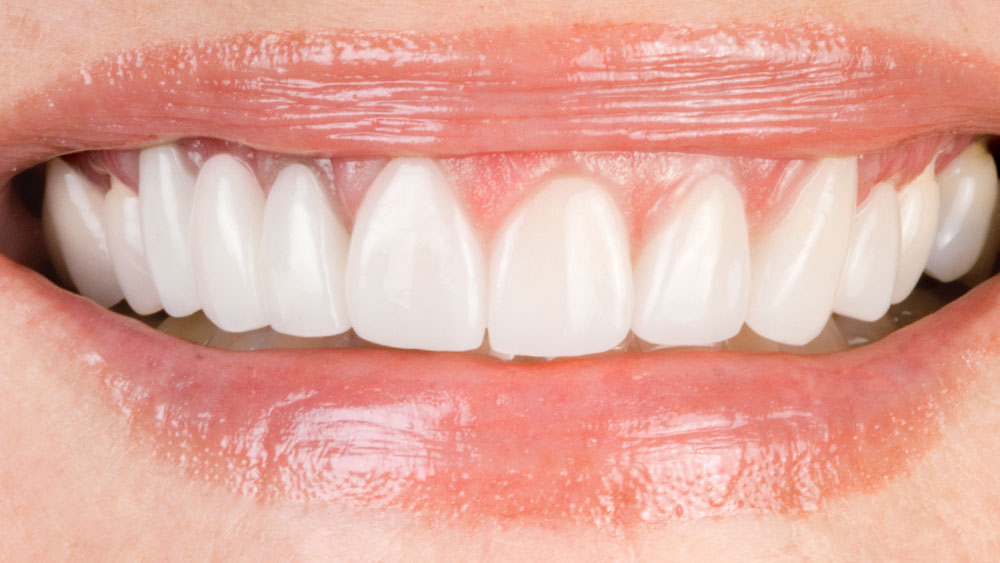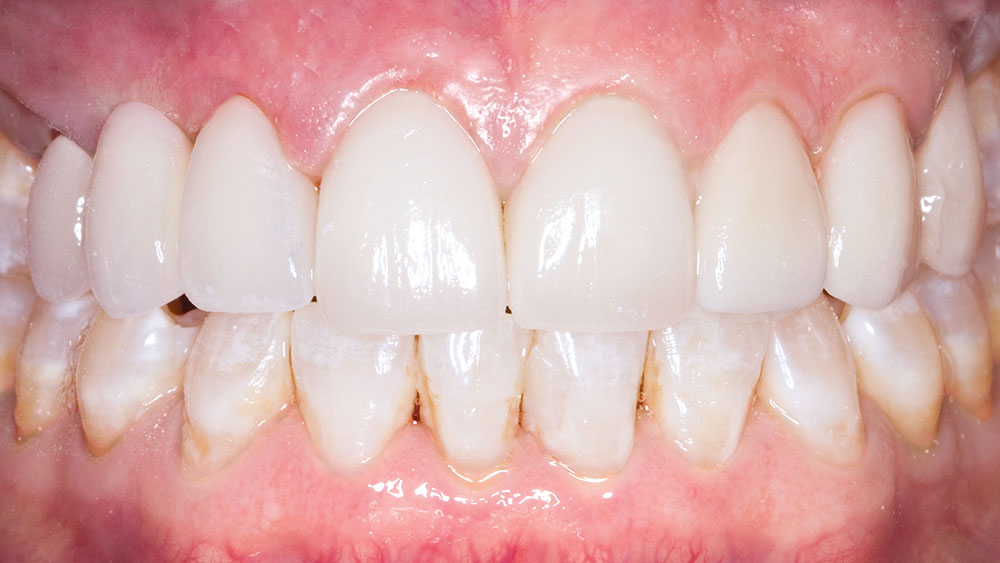Prismatik CZ: Photo Gallery
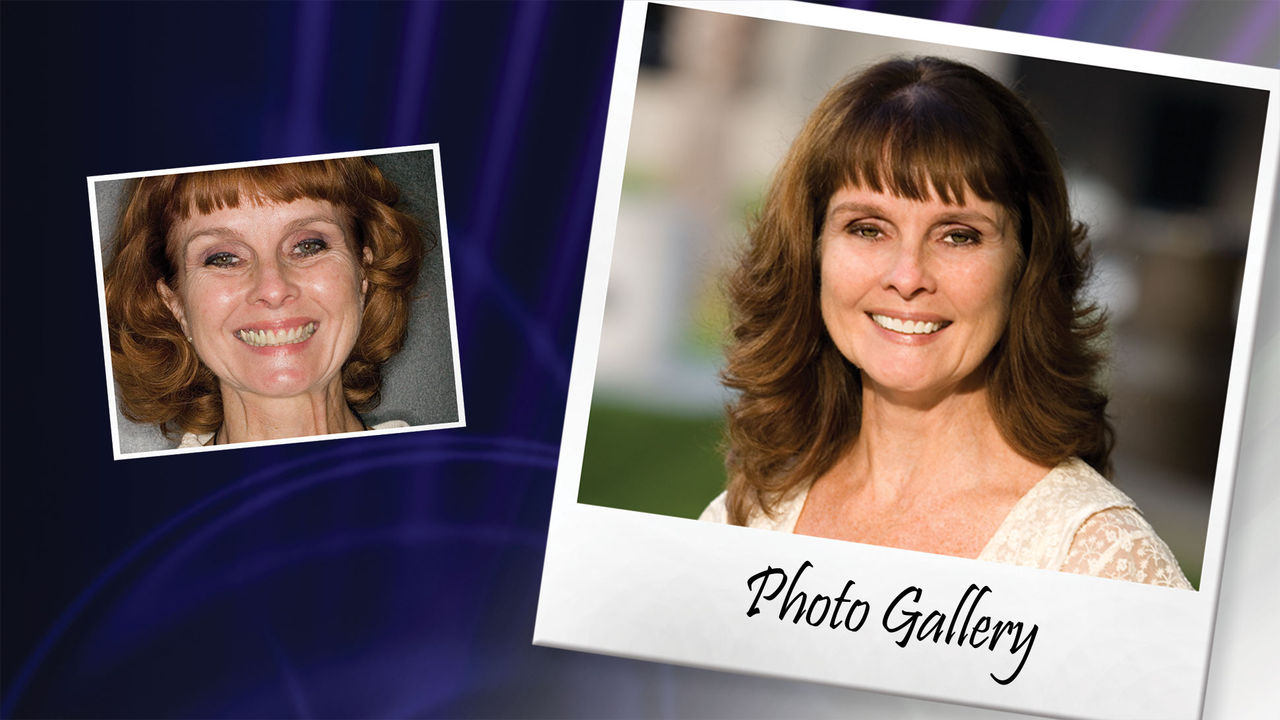
The search for a high-strength, esthetic, biocompatible metal-free material that could be used for multi-unit frame works and single-unit restorations has been the focus of many R&D efforts during the last decade. Some dentists have wanted these materials to avoid the use of metals in the mouth, while most dentists have just wanted to provide the most esthetic restoration possible. Several materials have attempted to meet these needs, yet have fallen short of expectations. Laboratory tests have shown that the fracture toughness and flexural strength of zirconia are significantly higher than that of alumina or any other esthetic ceramic. Prismatik Clinical Zirconia (CZ)™ is the material used to fabricate zirconia understructures in the Glidewell Digital Manufacturing center. These CZ restorations meet or exceed the physical and esthetic properties of other current zirconia systems, while representing the best value in high-strength all-ceramic restorations.
In the last issue of Chairside®, we looked in depth at the physical properties and preparation guidelines for CZ restorations. In this issue I would like to take a closer look at a number of these cases rather than just focusing on one. I think you will see by looking through these cases that Clinical Zirconia is a versatile material that allows us to conventionally cement an all-ceramic restoration in nearly all clinical situations.

